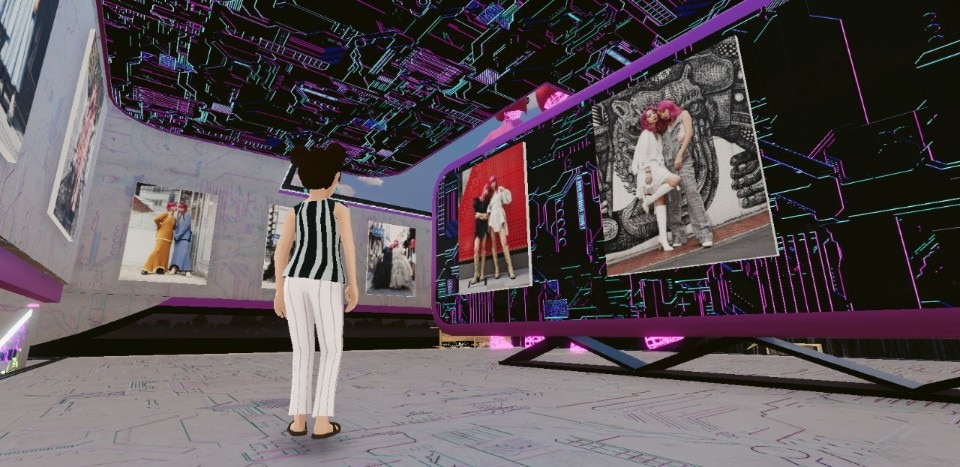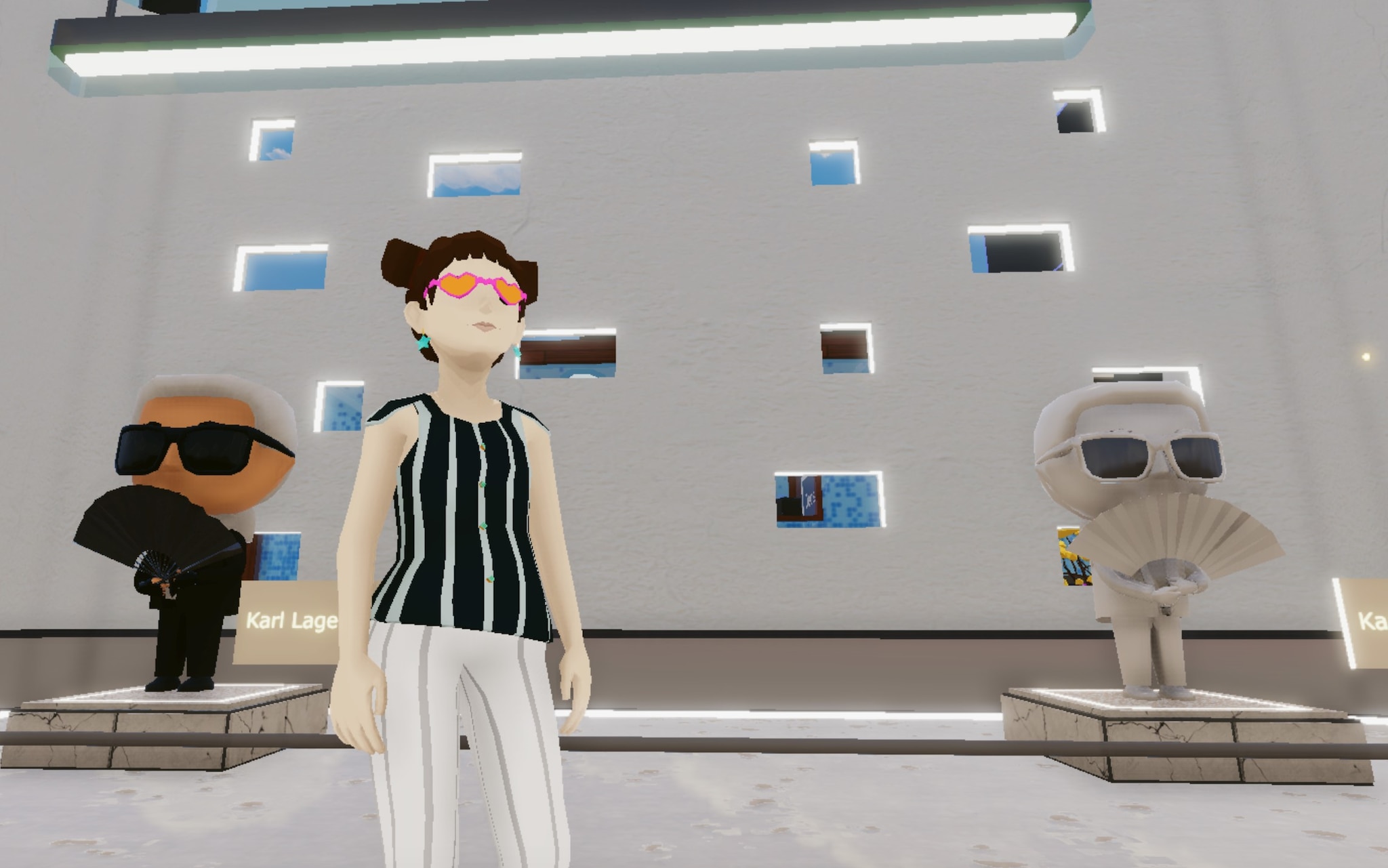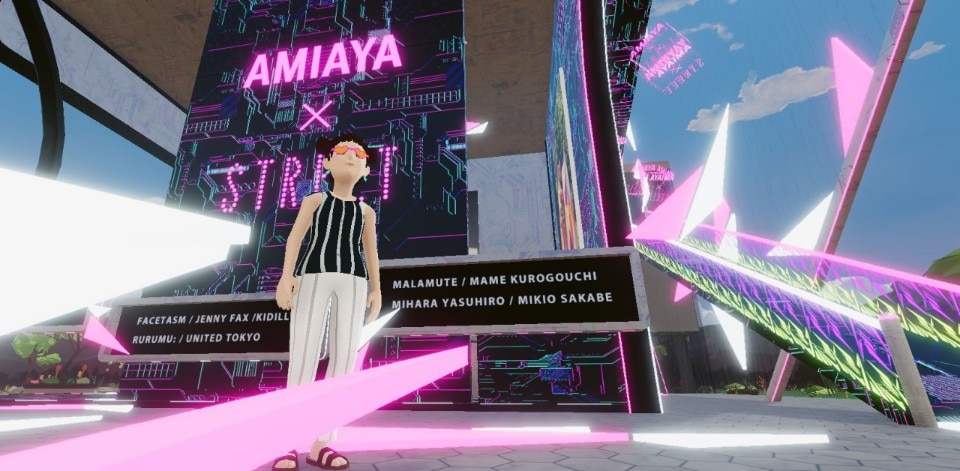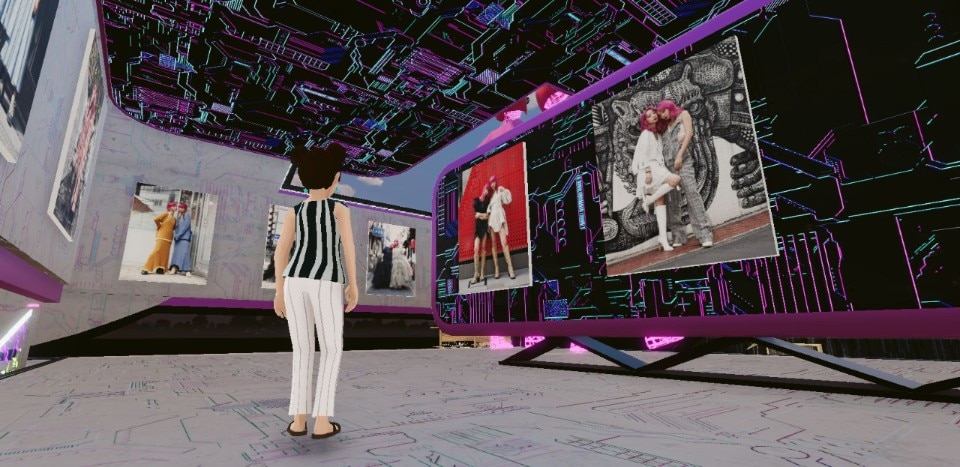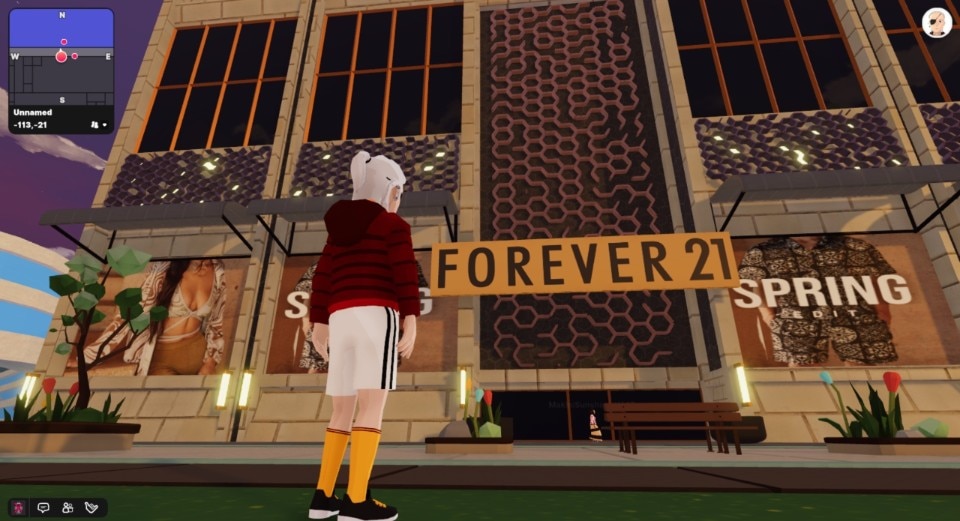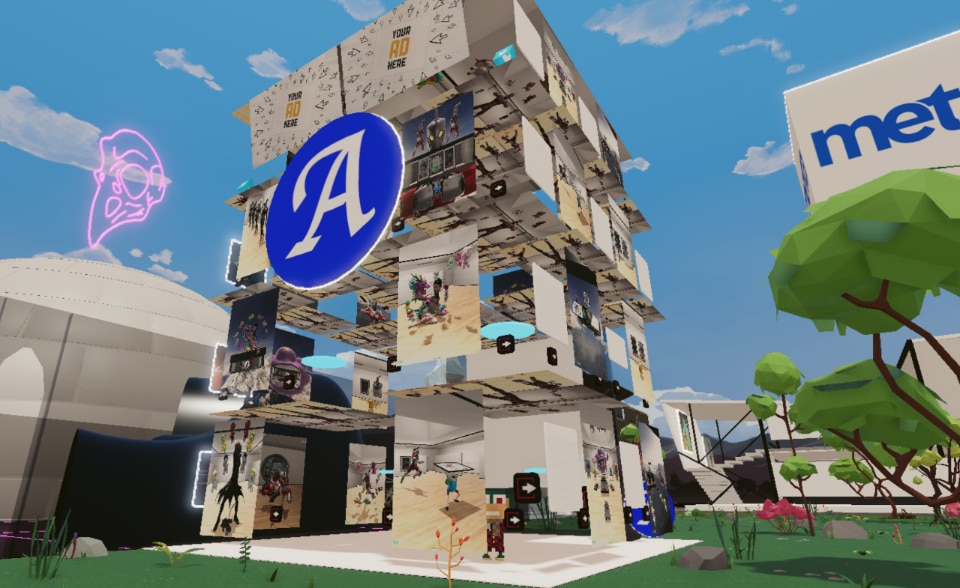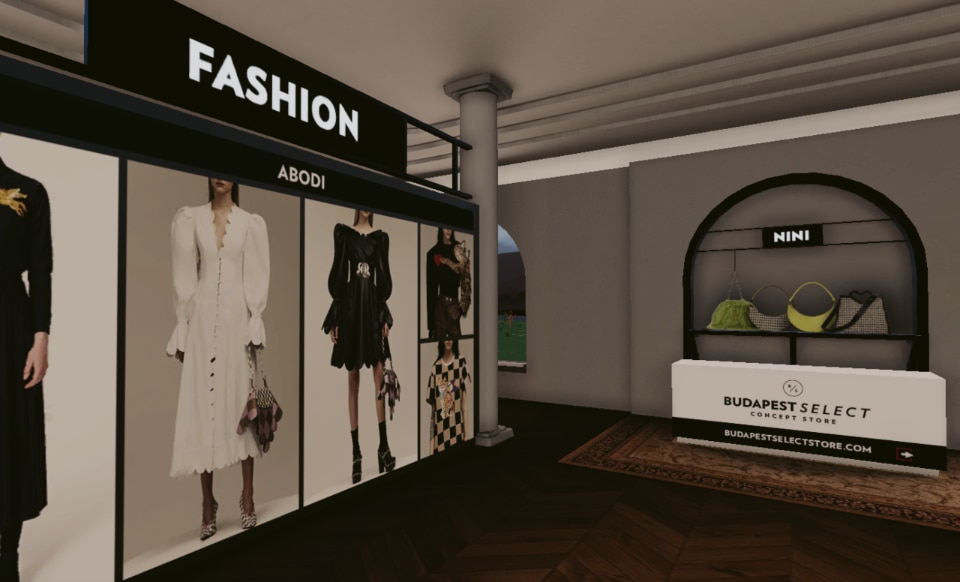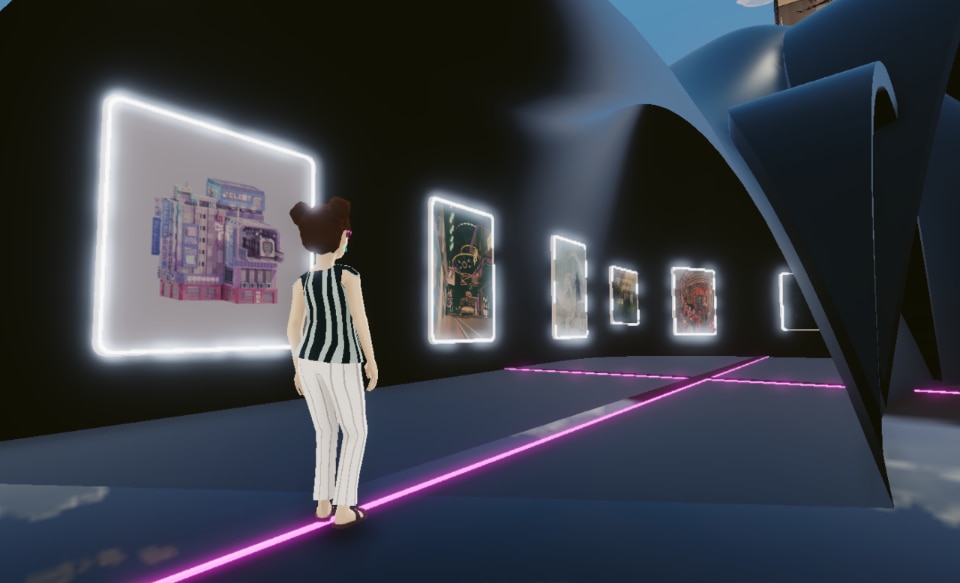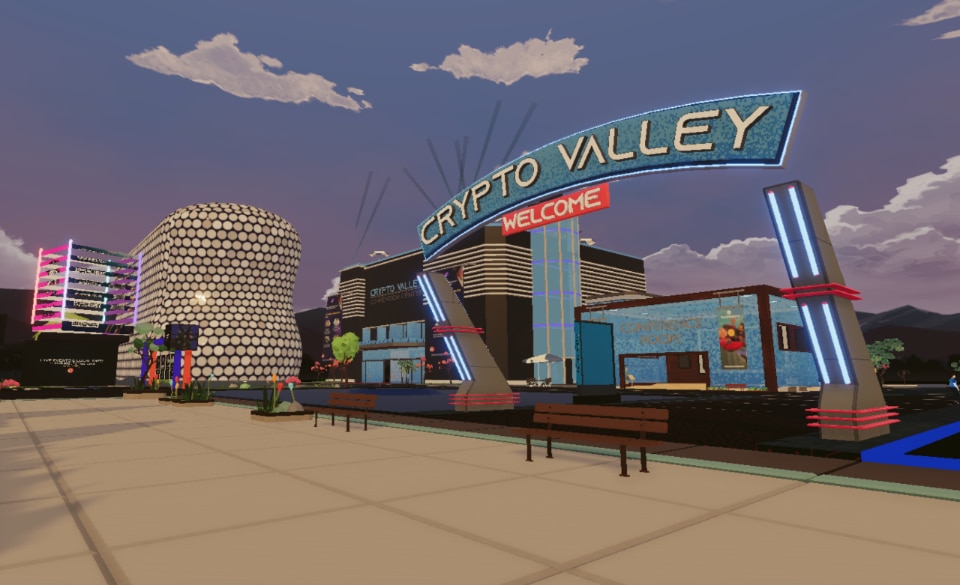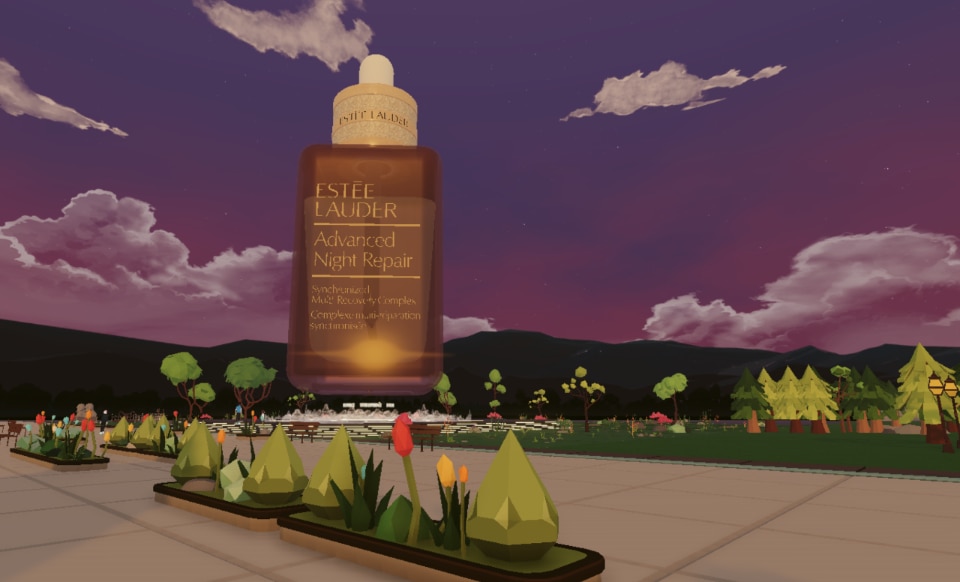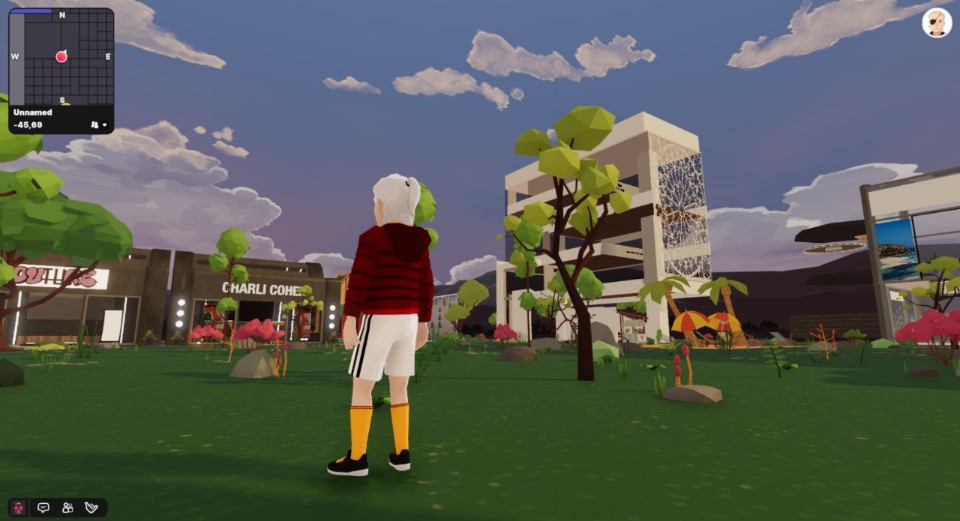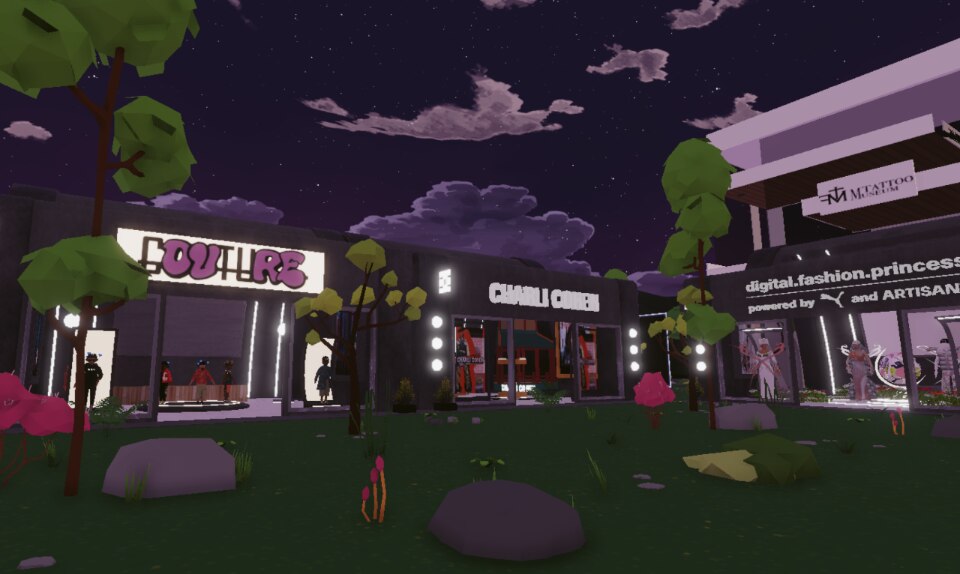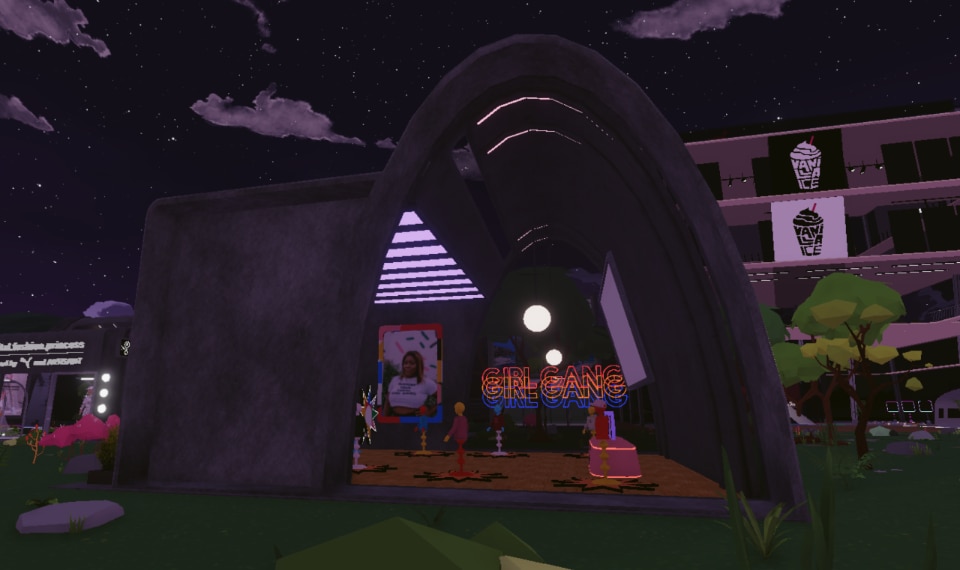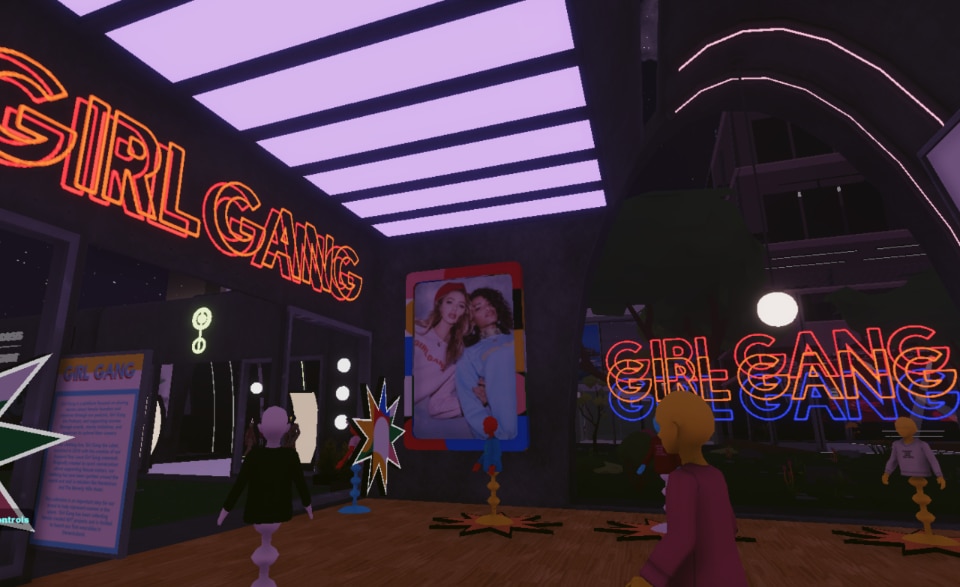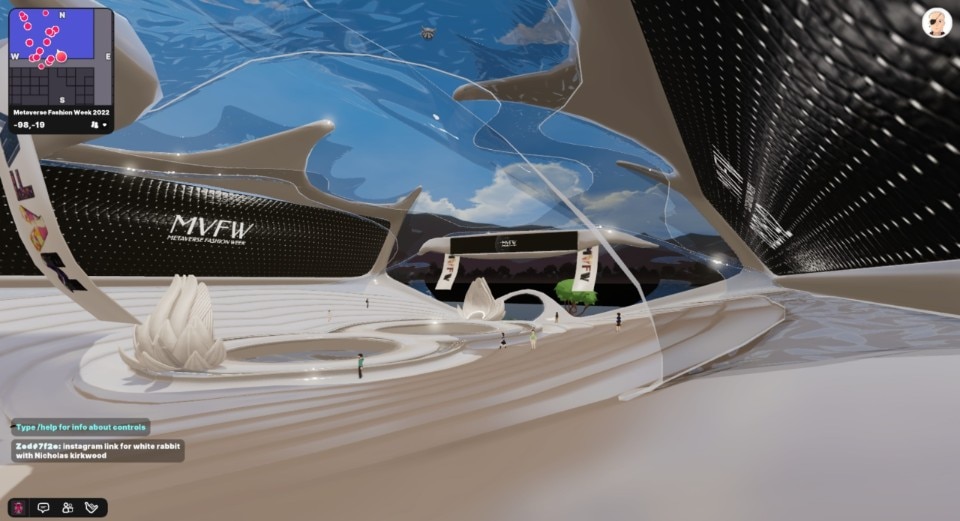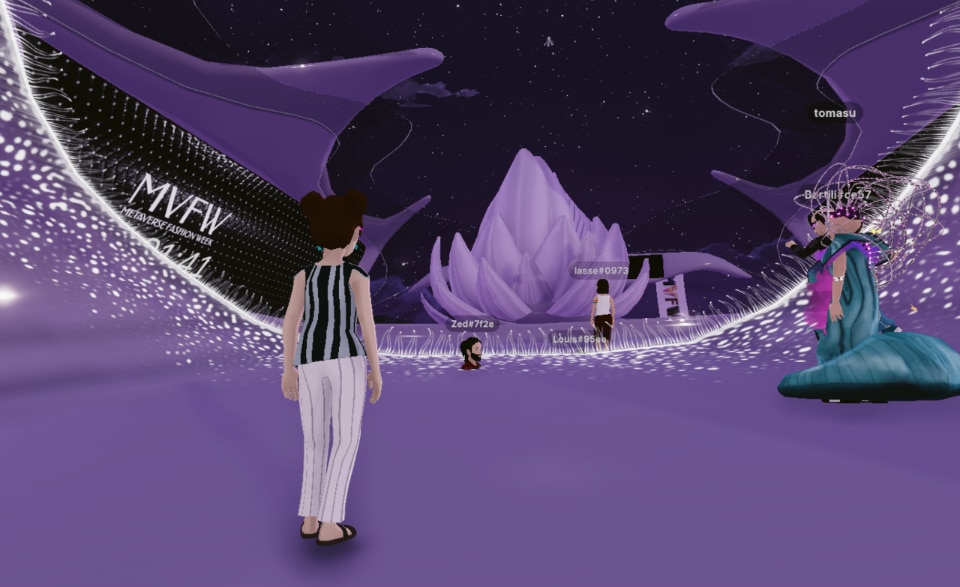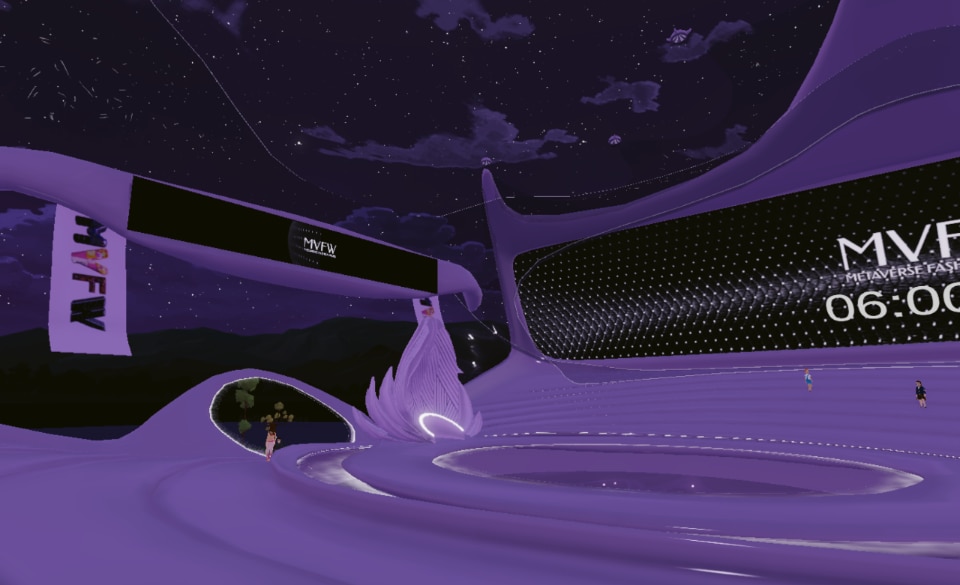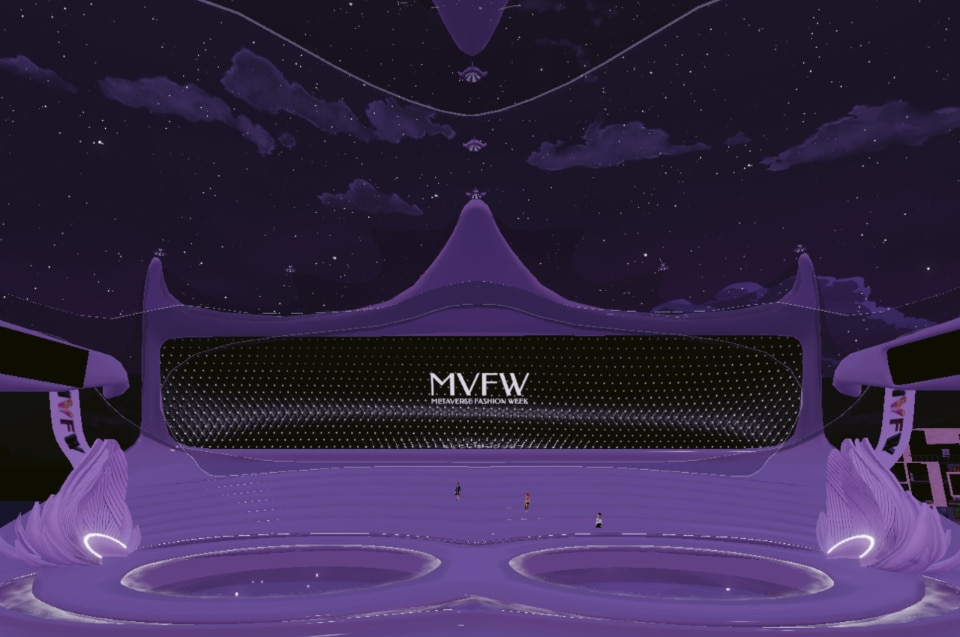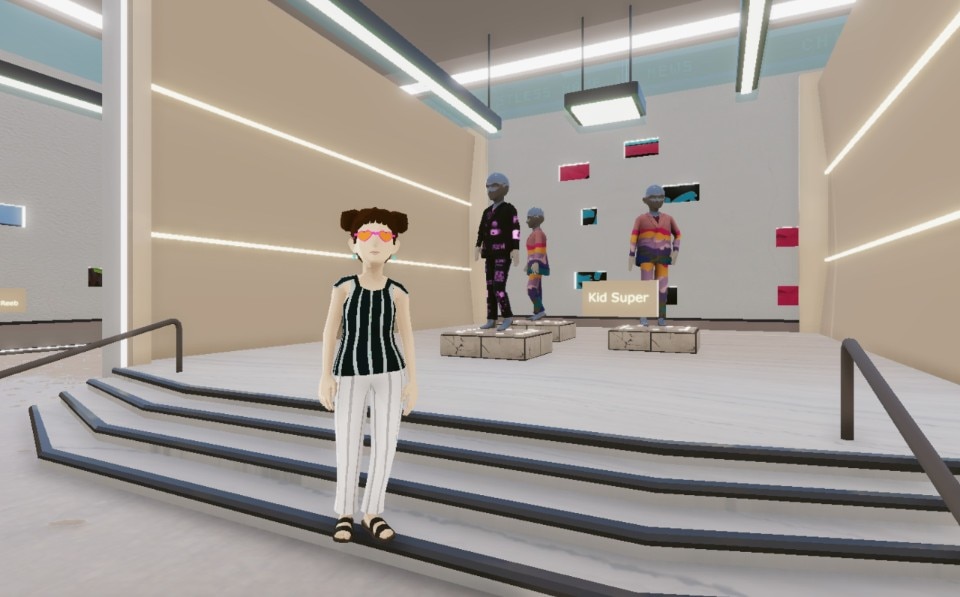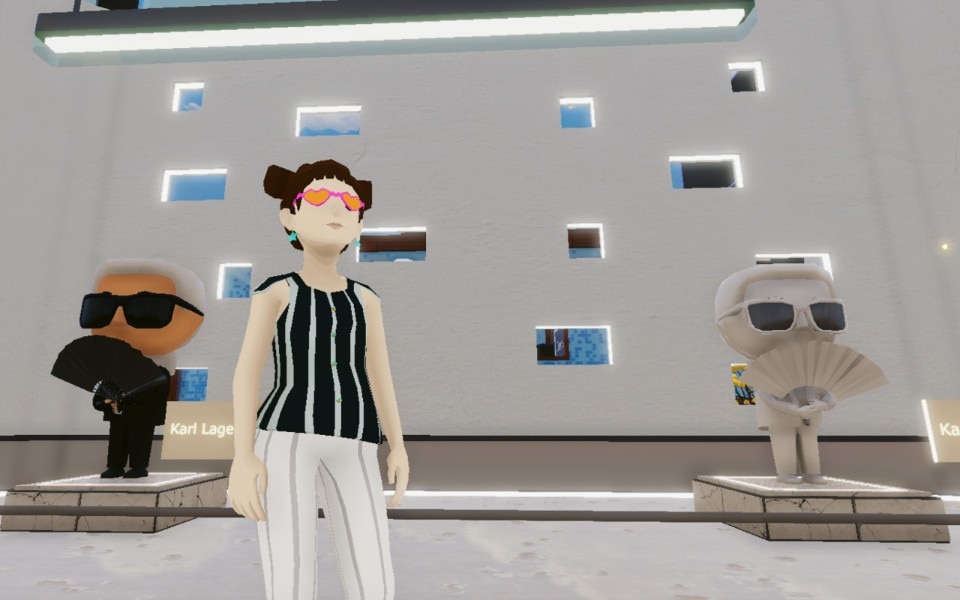From Coca-Cola, which held an event here last year, to Sotheby’s, which has created an art gallery on Decentraland (by NFT, of course). From Samsung, which has created its own shop (sorry: flagship store), to VICE Media, which has instead built a digital headquarters. More and more brands are landing on Decentraland: the blockchain-based virtual world that is becoming one of the key players in the great race for the metaverse.
The hype surrounding the metaverse and especially Decentraland is so great that the last company to hold an event here – Heineken – had to do so in a self-deprecating way to differentiate itself from the competition, pointing out that its “metaverse brewery” produces a beer “that no one can taste”, accompanying it with the hashtag (wink) #awesomeheinekenmarketingstunt.
A simple advertising stunt. A sort of meta-narrative of the metaverse. A meta-metaverse that reveals how this virtual world is basing its success more on marketing, speculation and media attention than on the project itself. At this point, however, let’s rewind the tape for a moment and try to better understand what Decentraland is.
What Decentraland is like
If you remember the Second Life phenomenon, you are already well on your way. In fact, Decentraland is an open digital platform in which users can socialise, attend events, go shopping or work (if they really want to). A virtual world, therefore, in which we can recreate part of our daily life in pixel format. Unlike the metaverses designed by Meta (the company formerly known as Facebook) or platforms such as VRChat, Decentraland is not in virtual reality, but we experience it through a customised avatar, which moves around the digital spaces through our keyboard.
Decentraland may recall of other non-VR digital worlds – such as Fortnite or Animal Crossing – except that the gaming aspect is largely lacking here. Instead, there is the world-building aspect: from buying parcels to constructing buildings and organising events. What is new about it compared to other decades-old digital worlds? “From Sim City to Civilization to Minecraft, game developers have spent years designing world-building video games to create cities, buildings or colonise entire worlds,” Decrypt magazine – cryptocurrency specialist – had written in one of its first reports on Decentraland. “However, what do you have left from all the hours you spent building your fantastic creations besides eliminating digital rivals? Not much. And what would happen if it were possible to assign real economic value to what you build and then sell it to the highest bidder?”
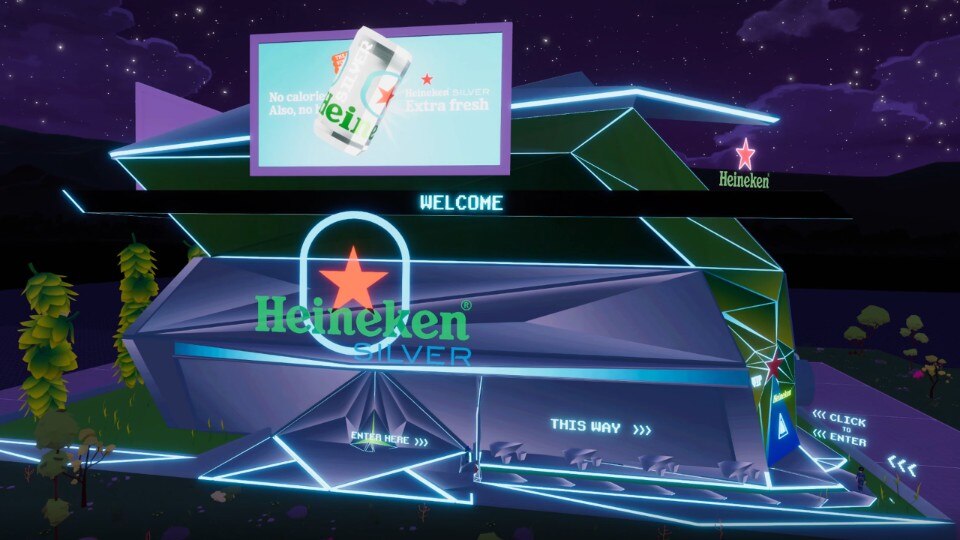
MANA, Decentraland’s cryptocurrency
This is the real innovation of Decentraland. Based on blockchain and with its own connected cryptocurrency (MANA), Decentraland allows you to buy digital parcels (up 90 thousand, creating scarcity of the digital asset and therefore value) which you can then build on your own. And that is not all: you can then resell what you have built, rent it out to brands that need to host events, or sell tickets for events that you have created yourself. Decentraland is aiming at creating a digital world supported by a real economy that allows all participants to earn money.
When cryptocurrencies are involved, speculation immediately catches the eye. The native MANA token (4.3 billion capitalisation now) increased in value from $1 in March 2021 to a high of $5.5 last November, falling to the current $2.3.
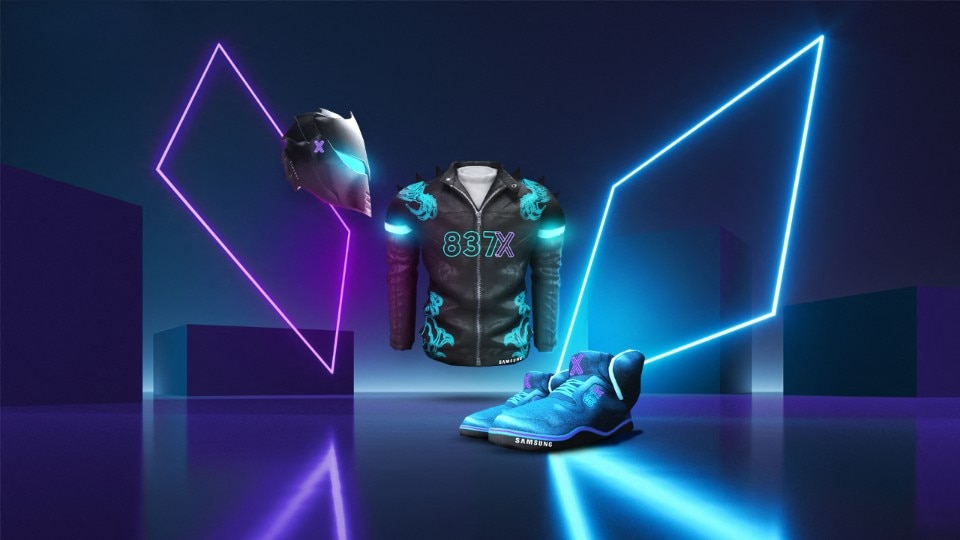
Real estate investment and speculation on Decentraland
Despite it may recall a mix of Second Life and Sim City, Decentraland’s speculative-economic aspect has been its real attractive point from the very beginning. Founded in 2015 by programmers Ari Meilich and Esteban Ordano (and based in Beijing), this virtual world was already a hot topic in December 2017, having raised $24 million from around ten thousand investors in a matter of seconds.
At the time it seemed like crazy amounts, today it would be a great deal. In November 2021, at the peak of its hype, 116 pieces of digital land were sold for $2.4 million to the Metaverse Group. Here, it has built a sort of luxury mall where “fashion shows in the metaverse” will be hosted too. And it is probably here that the first “fashion week in the metaverse” will be held in the next few days, attended by brands such as Dolce & Gabbana, Etro, Dundas and many others.
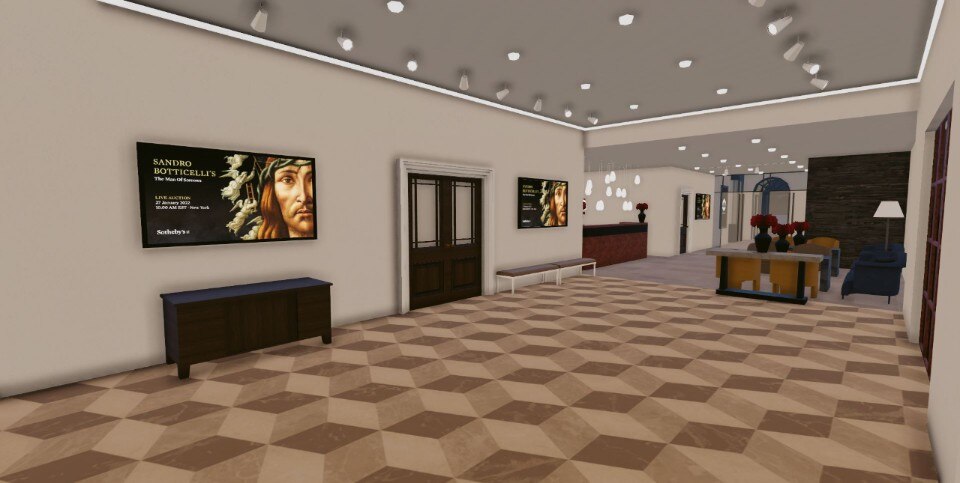
As much as it may seem another marketing stunt, fashion landing on Decentraland makes as much sense as anything else. This is not so much about buying clothes online to wear in the physical world, but about getting a preview of the most exclusive accessories to customise our avatars (the so-called skins). A market that in the world of video games is already worth $40 billion a year. A market that – using NFT technology – could result in a massive secondary market for collectors too – as already happens in other digital worlds based on blockchain, such as Blankos Block Party.
From a speculative point of view, Decentraland is doing great (although the arrival of multinationals could mean the market bubble has already reached its maximum size, so be careful if you want to invest) and shows interesting potential in the field of fashion. What about the actual experience of this virtual world? Is it fun on Decentraland? Actually, except for the entrance point – where there is actually some action – you often feel as if you are wandering through a semi-desolate world. A world where you may not even meet anyone and spend your time looking at shops that sometimes you cannot even enter.
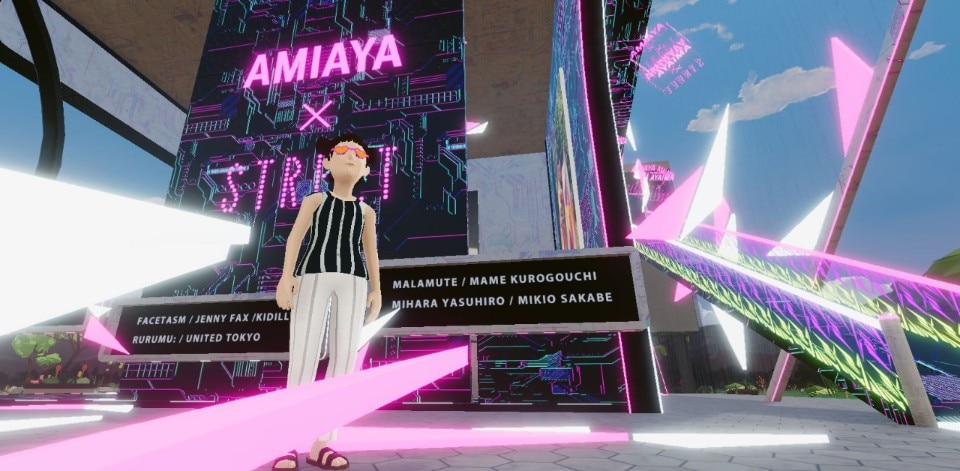
Does Decentraland work?
A portal that records how many active users there are on Decentraland shows that, as I write, there are only 1,800 active people. Very few. Overall, it is estimated that the total users are between 300,000 and 800,000: a number that is incomparable to the 50 million users of Roblox (a very successful virtual world, but rarely reported) or the 350 million of Fortnite.
The first rave in the metaverse
The great attention paid to Decentraland is mainly due to the speculative aspect and to the companies that have decided to market in this digital world to gain some of the “metaverse” media visibility. But the virtual world itself is apparently much less successful. And it is hardly surprising when you think about the events you might attend.
In recent months, the main focus has been Decentraland’s “first rave in the metaverse”. An event where you would attend with your avatar and then dance, listening to the DJ’s selection and socialising with the other patrons. I do not know how you are imagining it in your head, but that is what it actually looked like.
Funny, isn’t it? Few avatars, most of them motionless. Some of them occasionally move their arms. Actually, we are all sitting in front of a computer watching the scene. An infinite sadness. “This reminds me of those old criticisms we used to make back in the 1990s about the 3D web concept,” Dan Olson explained, an essayist and video game expert. “There is a part of us saying ‘wow, it would be really cool to shop on Amazon in a more immersive way.’ And there is nothing wrong with that. It would actually be more interesting. But the truth is, it is extremely uncomfortable too.”
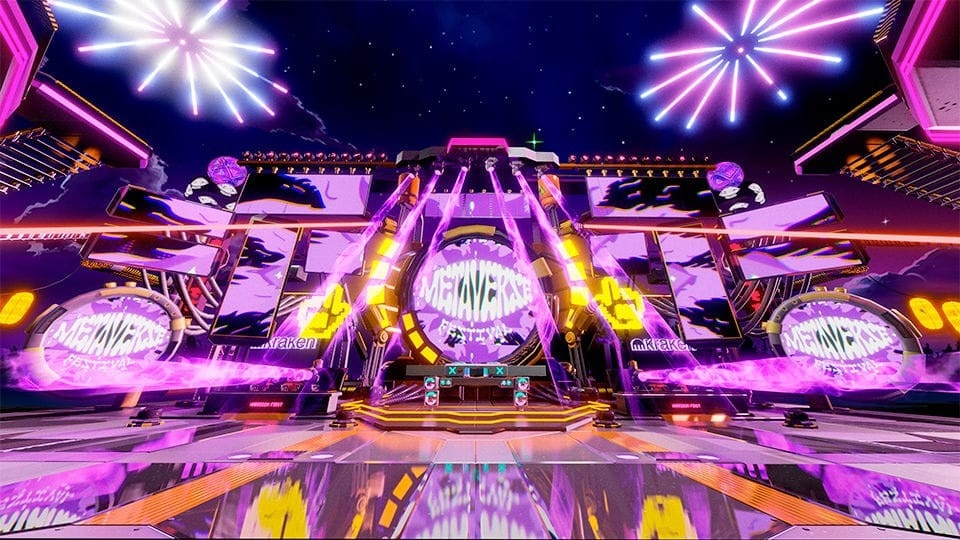
There is a reason Second Life and its immersive experience have disappeared while social networks as Facebook have changed the world. Even more important than immersing yourself in a digital world is the user experience. And unless you are offering incredible immersive adventures – as is the case with Fortnite or Population One – there is no reason for me to accept the unpleasantness of experiencing a social ersatz via a keyboard-driven avatar. It is incredibly more practical and direct to chat with friends on WhatsApp, meet like-minded people on Discord or Reddit and attend music events (just saying) in the real world.
Digital and immersive worlds (virtual reality or not) will probably become an important part of our future, as will NFT, cryptocurrencies and the digital economy of the so-called web3 as a whole. But going beyond speculative success, something more is needed. And definitely a lot more than a rave in the metaverse where I am surrounded by sad, immobile avatars.
Opening image: Samsung 837X, Decentraland. © 1995-2022 SAMSUNG


